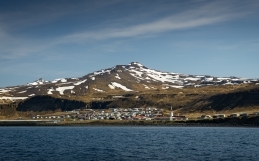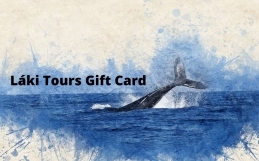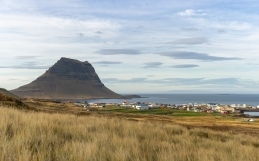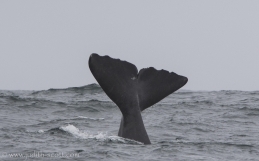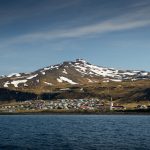Seeing the aurora borealis or northern lights in Iceland
We are asked regularly about how best and likely it is to see the northern lights in Iceland. Iceland is in an ideal position to view the aurora, however it is nature and there is an element of luck to seeing them. In the first instance you need a clear sky without too much cloud, which is often the most difficult thing to find. However, you can increase your chances sometimes of finding clear sky by driving to a different area. Often the cloud hangs over one side of a peninsula, like Snæfellsnes as it depends partly on the wind direction, so just driving over a mountain can get you into clear sky. The darker it is, the better, so for this reason the best time to see the lights is in winter, and of course as Iceland has 24 daylight in summer, it is not possible to see the lights usually between late April and late August as the sky is too bright. Driving out of town to a dark place is also recommended.
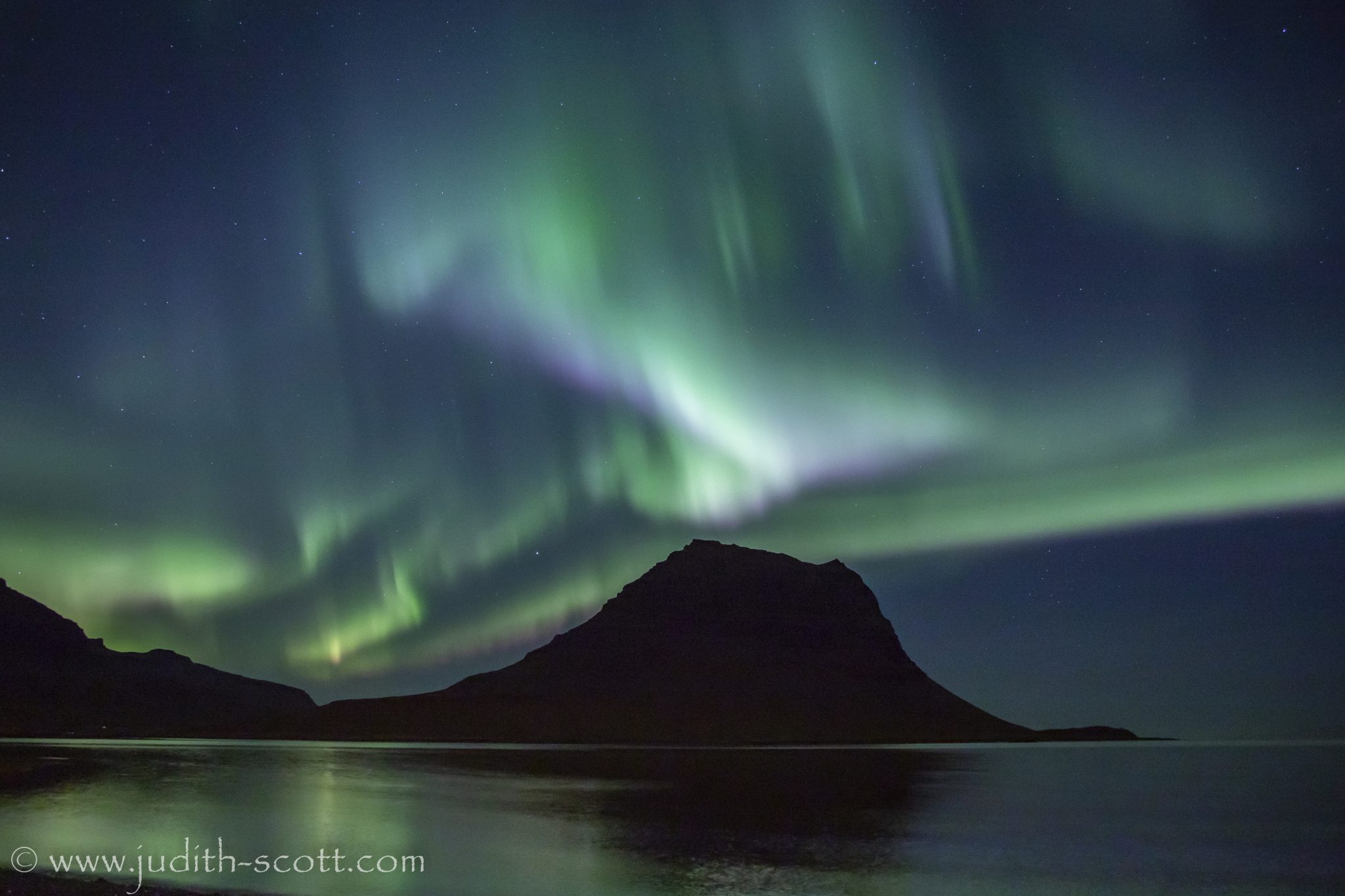
Aurora forecast
There are many apps and websites that will try to help you predict when the aurora will come out. They can be useful, to a certain extent, but really should not be completely trusted. The aurora is nature, and nature is unpredictable, a bit like whale watching. When whale watching we have an idea what we might see, but we never know for sure. This is also true of the lights.
The higher the KP index, the further south the aurora generally is to be seen, but this has no bearing on whether the aurora will be strong and moving. It is beneficial to be a night owl, able to stay up late and not give up and go to bed. Keep an eye on the apps you may have, but more importantly, look outside up and the sky and if you see the aurora coming, be sure to get out to darkness to see it at its best.
The Icelandic weather website www.vedur.is has an aurora forecast and also a cloud cover forecast, which can be very helpful.
Photography
It is in part the use of digital photography that has helped spread the desire to see the aurora all over the world in the last couple of decades. Of course photographing the lights can be tricky as they can only be seen when it is dark. Mobile phone cameras have improved so much recently, it is possible to take photos of the lights with them, but a good SLR, wide-angle lens and a tripod is recommended. Knowing where to manually focus your lens to infinity is a great lesson to learn as each lens has it in a slightly different place. Alternatively, if you know you will be trying for aurora at night, use autofocus during the day to focus on something far away and then change the lens to manual focus, to keep it where it is. Using live view to focus on a far-away light at night time and then switching off the live-view is also a good trick. Set the ISO of the camera fairly high, though not too high as this makes the images grainy. Around 800ISO to 1200ISO is what I use, depending on if the moon is up and how bright the aurora is. Then you need to set the aperture as wide as it will go, to allow the most light in and set a longer shutter speed, anything from 4 seconds upwards, again depending on the strength of the lights. The shorter you can make the shutter, the more definition you will get in the lights.
Keep in mind
Remember you are very lucky if you get to see the aurora borealis. They are an incredible natural phenomenon that is not present all the time. As discussed in the photography part, cameras need long shutter speeds to capture the lights. For this reason cameras often make them look a lot brighter and more dramatic than you will mostly see with your eyes, particularly when the aurora is weak. Digital photography has done a lot to increase people’s desire to see the lights, but it has also created very high and often false expectations of what they look like to our eyes. Some images in particular are very saturated and look nothing like the aurora in real life. Some colours, such as reds and purples can often only been seen by the cameras in a long exposure. BUT, when the lights start moving and in particular dancing, sweeping in arcs and swirls across the sky, often changing colour rapidly into pinks in particular, this cannot be picked up well in cameras as they do not capture the speed of the dancing. Even a time-lapse video, which is usually also long exposure photographs put together, does not fully capture the dancing lights. This has to be seen with your eyes and even people like myself who have been lucky enough to see the lights a lot, can’t help but go ‘wow’!
Whales and lights
So our specialty of course is whales and often visitors hope to see both whales and lights in one trip to Iceland. The winter is generally not the best time of year for whales in Iceland as it is a feeding ground, so many of the baleen whales are south in winter, at the breeding grounds. But some remain around Iceland all winter and there are often many humpback whales in the fjord outside Hólmavík in late Autumn, in the beautiful orange light of that season. We hope to run tours in this area soon during this time of year. Then in late winter and spring, off Snæfellsnes the orcas and sperm whales start being seen more and more, around February and March. So it is possible to combine both northern lights and whales on a trip to Iceland if you plan well and have a bit of luck on your side.

